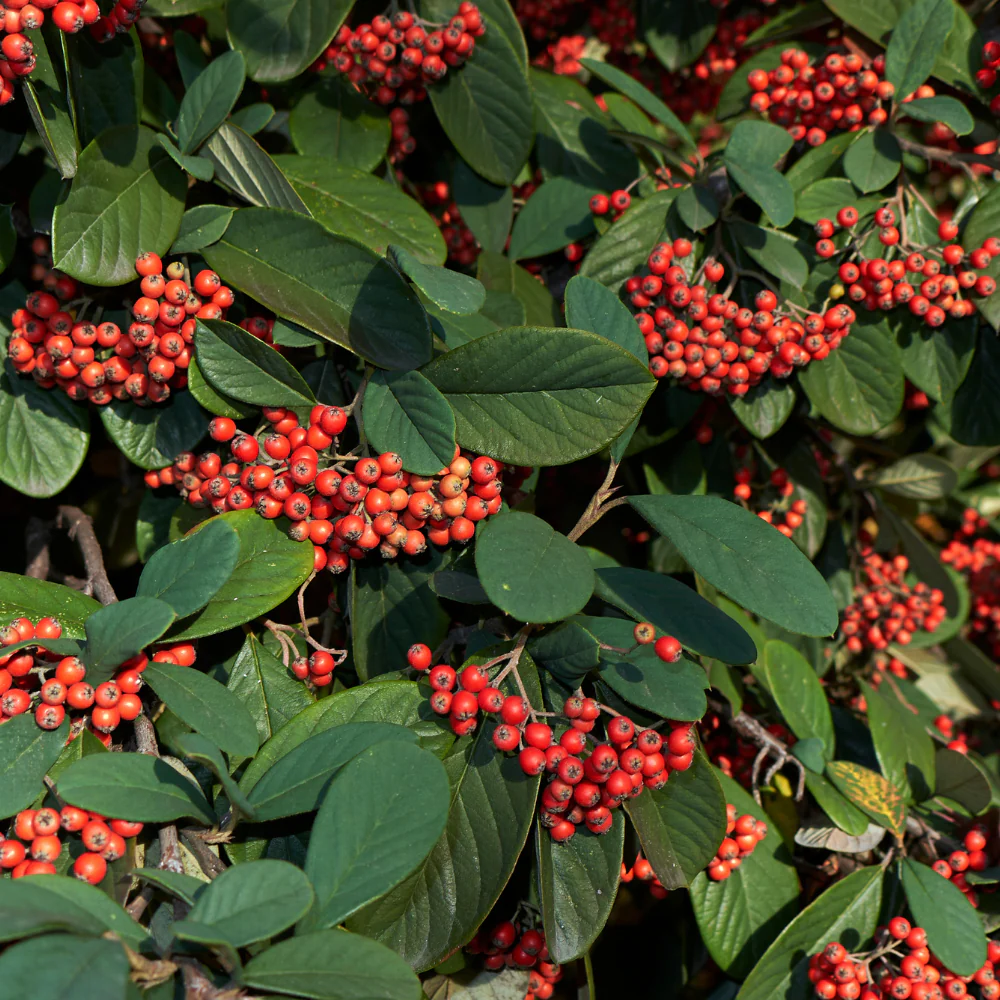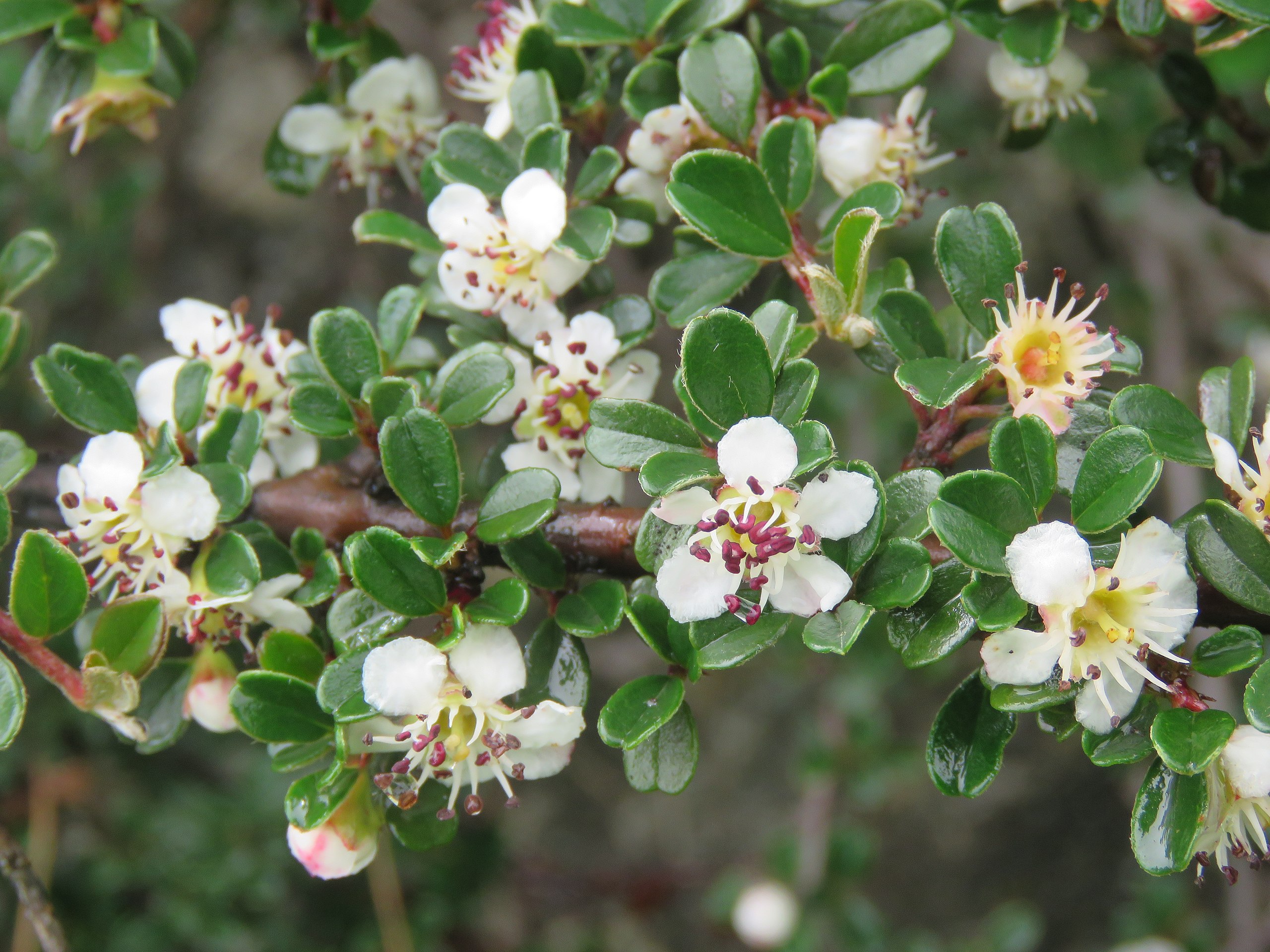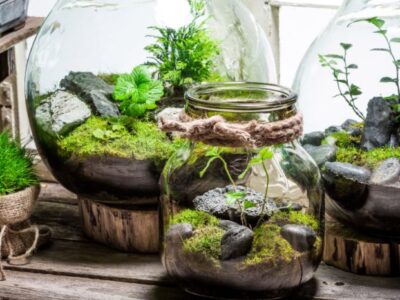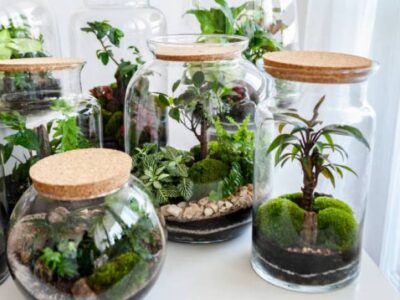Cotoneasters are those pretty plants you often see with small, shiny leaves and bright red berries. We’ll find out whether cotoneasters like sun or shade. They’re pretty easy to care for, but knowing whether they like sun or shade is important.
Some Cotoneasters prefer sunlight, and those prefer shade. Understanding their sunlight needs is essential for helping these plants grow in your garden or yard. We’ll talk about what Cotoneasters are, why sunlight matters to them, and how you can make them happy whether you have a sunny spot or a shady corner.
By the end, you’ll have a clear picture of how to care for these lovely plants. Let’s explore the cotoneasters and find the perfect spot in your garden for these attractive plants.
Understanding Cotoneasters
Before discussing what kind of light cotoneasters are like, let’s learn a bit about them. Cotoneasters are plants in the Rosaceae family. They come in different types and can be found in Asia, Europe, and North Africa. Some of them can handle the cold better than others.
Most cotoneaster bonsai are known for their shiny green leaves and bunches of small, colorful berries that make them look nice all year round. These strong plants can fit well in gardens and landscapes. To help them grow naturally, it’s essential to consider plant fertilizers. Now, let’s see what kind of light they prefer.
Sun-Loving Cotoneasters
Cotoneaster plants can handle different kinds of light, but they really love lots of sunshine. In fact, most cotoneasters prefer being in full sun or at least getting some sunlight during the day.
Your garden is their sunny shelter. So, if you want your cotoneaster to be happy and grow well, try to give it as much sunlight as you can. They’ll grow in those sunny spots in your garden.
1. Cotoneaster Horizontalis

It’s a small plant that stays low to the ground and spreads out wide. This tiny plant loves lots of sunlight and does a great job covering the ground. So, if you want a plant that stays short, enjoys the sun, and makes your garden look awesome, pick the rock cotoneaster or Planters for a beautiful ground cover, naturally.
2. Cotoneaster Lacteus

Meet the late cotoneaster, also known as Parney’s cotoneaster. This plant loves sunny spots but can handle a bit of shade, too. In spring, it shows off its graceful branches with pretty white or pink flowers. But the best part comes in the fall when it gets bright red berries. This plant is great for your garden, whether it’s sunny or a bit shady. If you want a plant that can handle different conditions and make your outdoor space look lovely, give the late cotoneaster a try.
3. Cotoneaster Salicifolius

Meet the fast-growing cotoneaster, often called the willow-like plant. It loves lots of sunshine. Its leaves look like willow leaves, giving you lots of red berries in the fall. This pretty plant not only makes your garden look nice but also brings in birds with its tasty berries. So, if you want a colorful addition to your garden that’s simple to take care of and brings birds close, pick the willow-like cotoneaster. Enjoy its nice leaves and watch birds enjoy its yummy berries in your garden.
Shade-Tolerant Cotoneasters
Most cotoneaster plants like to be in the sun, but some can grow in the shade, too. So, whether your garden has lots of sunlight or some shady spots, you can find a cotoneaster that will be happy there. These flexible plants can make different parts of your garden look nice, no matter how much sun they get. Just pick the right type of cotoneaster for how much sun your garden gets, and you’ll have beautiful greenery and garden statues to enjoy naturally.
1. Cotoneaster Microphyllus

Meet the Cotoneaster microphyllus, also known as the small-leaved cotoneaster. This plant is pretty tough and doesn’t mind some shade. It grows into a thick, round cluster, shaping an attractive green mound in your garden. It has these cute small leaves that shine in the sun, giving your garden a touch of class. So, if you want a plant that can handle a bit of shade and add a shiny beauty to your outdoor space. These are the best.
2. Cotoneaster Dammeri

The bearberry cotoneaster, also known as the bearberry bush, can handle a bit of shade. It’s a short, wide-spreading plant that covers the ground. It has deep green leaves and bright red berries that add some color to your garden. This plant is tough and can grow well in spots with less sunlight. Whether you want to make a shady spot prettier or add some attraction to your garden, the bearberry cotoneaster is a good, reliable choice. Its pretty leaves and red berries will grab your attention.
Conclusion
Figuring out whether cotoneasters like sun or shade can help us take better care of these plants. After our research, we can say that cotoneasters are quite flexible. They can grow in both sunny and shady spots, but they have their preferences.
Most cotoneasters prefer a good amount of sunlight, around 6 to 8 hours a day. However, if you don’t have a sunny spot, don’t worry too much. Cotoneasters can also tolerate some shade, especially in hot climates.
So, whether it’s in the sun or shade, with a little love and attention, your cotoneaster can grow and add beauty to your garden.










Comments